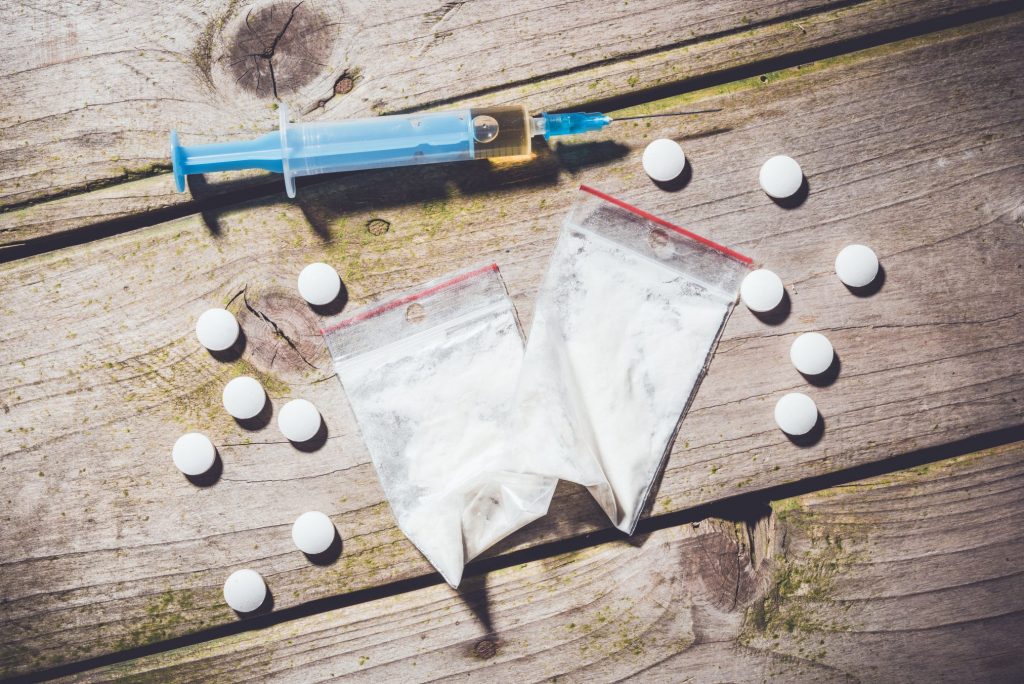
19 Jun Fentanyl variable, oxycodone up | AJP
Oxycodone use is on the rise, according to new data which analysed wastewater around the country
In December 2018, 50 wastewater sites from all states and territories were monitored; based on 2016 data, these sites cover around 54% of the Australian population, or about 12.6 million people.
The seventh report of the National Wastewater Drug Monitoring Program includes a number of prescription drugs, such as oxycodone and fentanyl, as well as nicotine and alcohol, and illicit drugs such as cocaine, methylamphetamine and MDMA.
It found that oxycodone use rose in the six months to December 2018, while fentanyl use plateaued in the same period.
“Oxycodone and fentanyl, which are both prescription pharmaceutical substances with abuse potential, had elevated consumption levels at several sites, noticeably across Tasmania and regional Victoria,” the report noted.
“Regional areas had average oxycodone use well above capital city. The Northern Territory and Western Australia had the lowest national levels of oxycodone.
“Fentanyl consumption has been increasing in several regions, particularly Victoria and Tasmania and many regional parts of the country.”
The report found that the regional average oxycodone consumption has been “steadily” on the rise since previous reporting periods.
Regional Victoria had the highest rates in the country, while those of South Australia and Western Australia were relatively low compared to other jurisdictions. Tasmania was the only exception to the rural/metropolitan divide, with overall use high across the state.
The use of fentanyl was “very variable” across the country.
“Unlike oxycodone, regional use in Victoria was lower than in many other states, with consumption in parts of NSW, South Australia and Queensland being very prominent,” the report noted.
“The one participating regional site in the Northern Territory had very low use. The capital city site in the same territory gave a result below the method’s lower limit of quantification.
“Tasmania had the highest capital city levels in the country. As with oxycodone, capital city Australia appeared to be lower consumers of fentanyl by a fair margin compared to regional Australia.
“Rates of fentanyl consumption in other capital cities across Australia were mostly of comparable levels.”
Meanwhile consumption of nicotine and alcohol fell in the 12 months to December 2018 and methylamphetamine consumption continued to outstrip consumption of all other illicit drug types and pharmaceuticals.
“In December 2018, with the exception of cocaine, heroin and alcohol, the regional average consumption of drugs measured by the program exceeded capital city consumption,” the report noted.
“Of the drugs measured with available dose data, alcohol and nicotine continue to be the most consumed drugs in Australia, with methylamphetamine remaining the most consumed illicit drug. Consumption of other drugs measured by the program remains considerably lower.”
Overall, the average consumption of most drugs monitored by the program increased or remained relatively stable between August and December 2018
“The Australian community continues to consume illicit drugs at concerning levels and the National Wastewater Drug Monitoring Program is providing an important, unified and consistent guiding tool for developing holistic drug responses,” Australian Criminal Intelligence Commission Chief Executive Officer Michael Phelan said.
“We are only now starting to realise the full benefits of the ongoing program.”
In addition to reporting on national drug consumption, this report includes updated SCORE data which provides international consumption comparisons for a number of drugs monitored by the program.
Of the 25 countries with comparable data, Australia ranks second highest after the United States of America for total estimated stimulant consumption (specifically methylamphetamine, amphetamine, cocaine and MDMA).
[ad_2]
Source link



No Comments